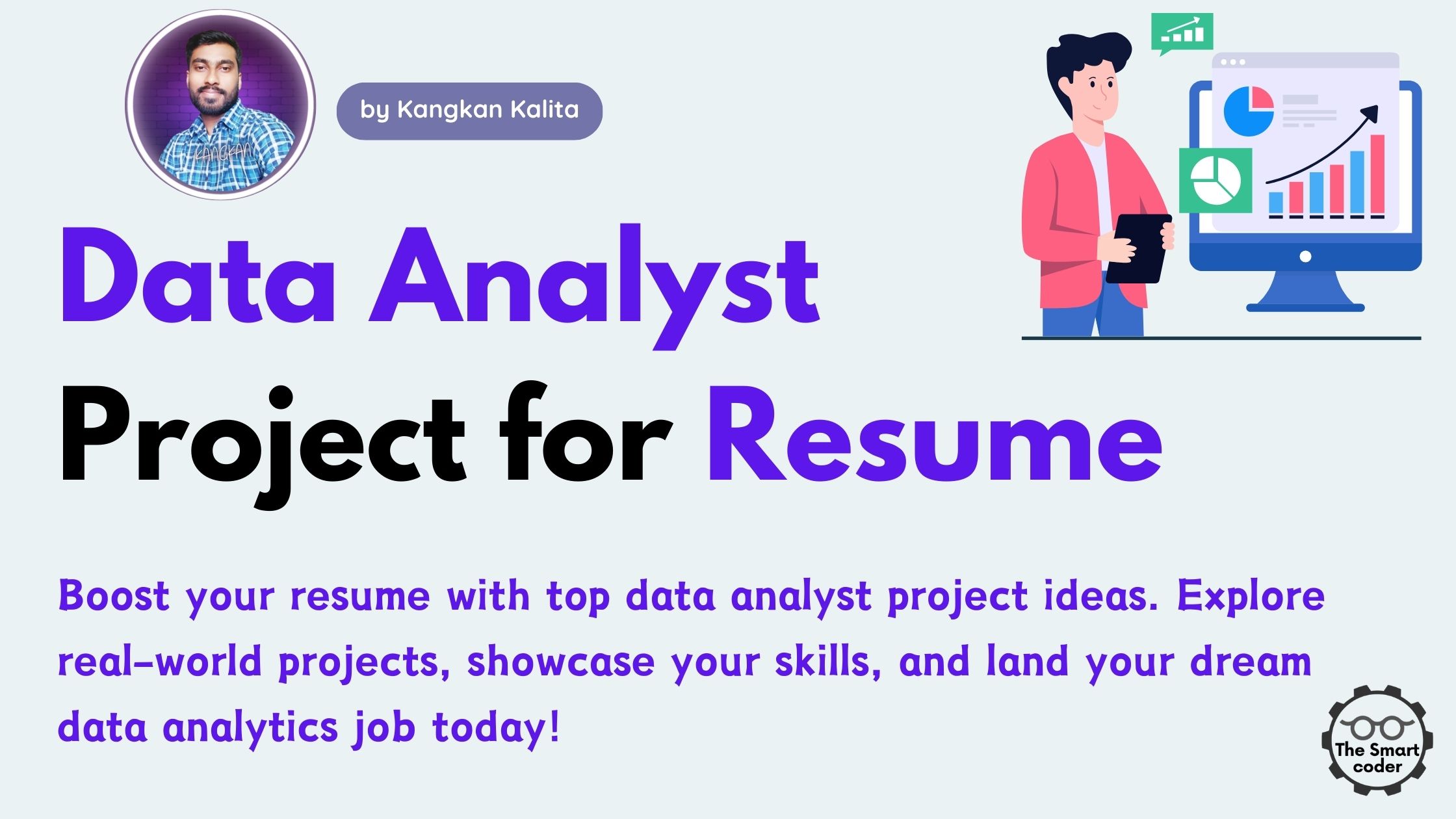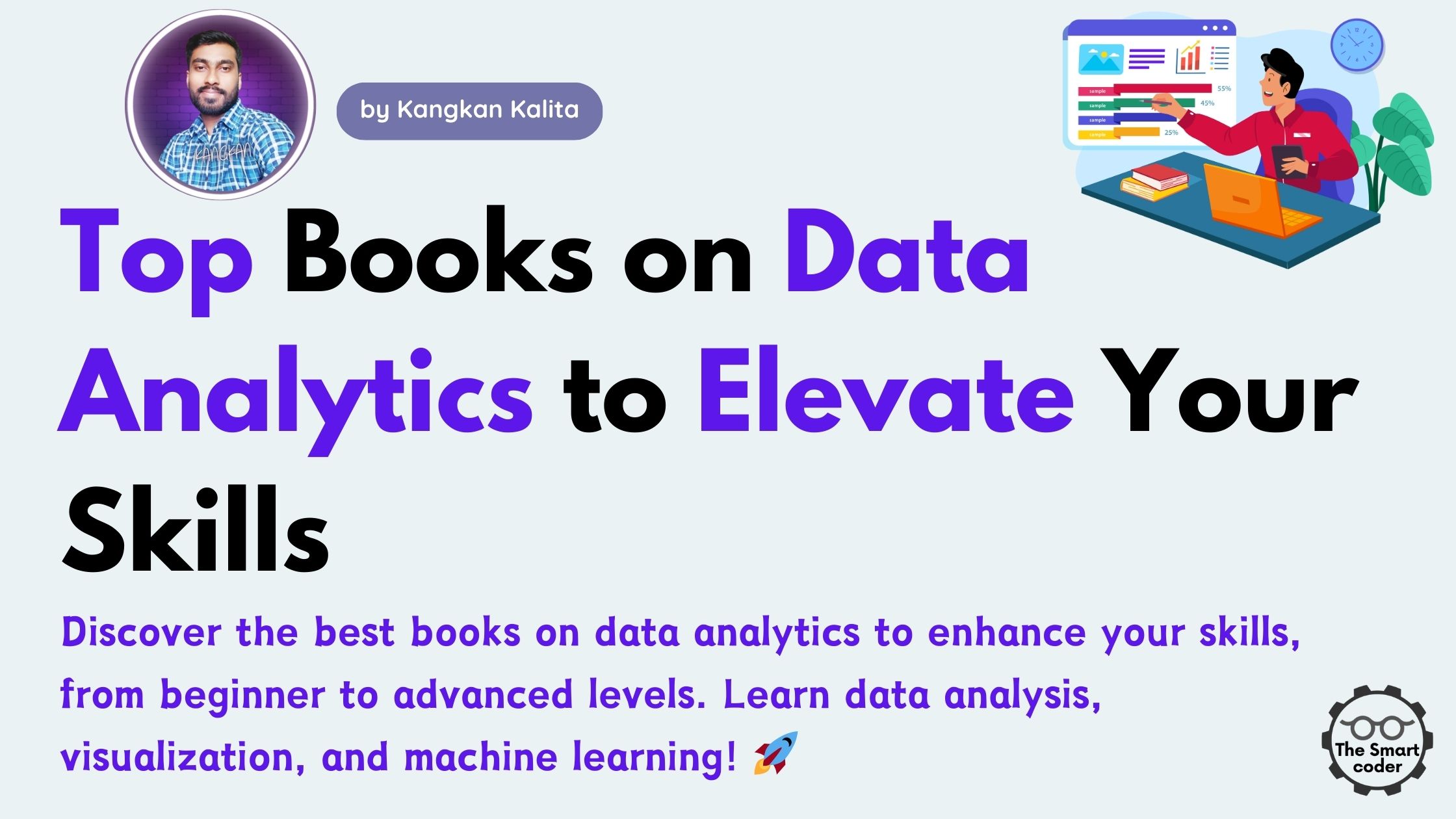How to Build a Powerful Data Scientist Portfolio as a Beginner [Step-by-Step 2025 Guide]

In 2025, landing a job in data science requires more than just a degree or certification. With competition at an all-time high, having a well-crafted data scientist portfolio is essential for beginners. Recruiters and hiring managers want to see your practical skills—not just read about them. A data scientist portfolio proves that you can apply your knowledge to real-world problems, making you stand out in the job market.
What is a Data Scientist Portfolio?
A data scientist portfolio is a collection of your hands-on projects, documented work, and insights that showcase your data science capabilities. Unlike a resume that simply lists your skills, or a GitHub repo that stores your code, a portfolio tells the story behind your projects:
- The problems you chose to solve
- Your approach and methodology
- The tools and technologies you used
- Your ability to communicate findings clearly
It acts as proof of your technical depth, problem-solving ability, and storytelling skills—all critical for a career in data science.
Why Every Beginner Needs One
Building a data scientist portfolio helps you:
- Establish credibility and show initiative
- Demonstrate hands-on experience with real datasets
- Get noticed by recruiters looking for practical skills
- Align with EEAT (Experience, Expertise, Authoritativeness, Trustworthiness)
- Replace the “I have no experience” problem with a showcase of what you can do
Key Elements of a Strong Data Scientist Portfolio
✅ Projects
Your portfolio should include at least 3-5 quality projects that:
- Use real-world or publicly available datasets (e.g., Kaggle, UCI)
- Solve interesting and practical problems
- Include data cleaning, EDA, modeling, and interpretation
- Present visualizations and conclusions
✅ Clean and Commented Code
Your code should be easy to read and understand. Use:
- Python (preferred), R or SQL
- Jupyter Notebooks or scripts with markdown explanations
- Functions, modular code, and consistent formatting
✅ Blog Posts or Write-ups
Write medium-length blog posts to explain your projects:
- The problem you solved
- Step-by-step methodology
- Tools and models used
- Key insights and learnings
✅ GitHub Repository or Personal Website
A well-organized GitHub repo shows your technical maturity:
- Use folders for each project
- Include README files with summaries
- Link your blogs and visuals
Consider creating a personal website using:
- Notion
- WordPress
- GitHub Pages
✅ Resume Integration and Storytelling
Your portfolio should help tell a cohesive story in interviews:
- Highlight key projects on your resume
- Include URLs to your GitHub or blogs
- Be ready to explain your decision-making process
✅ Version Control and Updates
Keep your portfolio alive:
- Update it regularly with new projects
- Improve existing work with feedback
- Show growth over time
Best Platforms to Host Your Portfolio
Here are some recommended platforms to host and promote your work:
- GitHub: Ideal for storing and sharing code repositories
- Kaggle: Great for competitions, notebooks, and datasets
- Medium/Hashnode: Use to publish blog posts
- Notion/WordPress: Build personal websites or digital resumes
- LinkedIn: Add your projects in the “Featured” section
5 Beginner-Friendly Project Ideas to Include
1. Titanic Survival Prediction
- Dataset: Kaggle Titanic dataset
- Tools: Pandas, Matplotlib, Scikit-learn
- Why it’s useful: Demonstrates basic classification, feature engineering, and EDA
2. House Price Prediction
- Dataset: Kaggle House Prices dataset
- Tools: Linear regression, XGBoost, GridSearchCV
- What it shows: Regression modeling, handling missing values, feature scaling
3. Exploratory Data Analysis on COVID-19
- Dataset: Johns Hopkins or Our World in Data
- Tools: Pandas, Seaborn, Plotly
- Skills demonstrated: Data wrangling, interactive visualizations, insights
4. Customer Segmentation with K-Means
- Dataset: Mall Customer Dataset
- Tools: Scikit-learn, KMeans, Elbow Method
- Recruiter takeaway: Understanding of clustering, business application
Spam Email Detection Using Machine Learning
5. Fake News Detection using NLP
- Dataset: Kaggle or custom web scraping
- Tools: NLP with NLTK or SpaCy, TF-IDF, Logistic Regression
- Highlights: Text preprocessing, classification, and NLP pipelines
Fake News Detection Using Machine Learning
Tips to Make Your Portfolio Stand Out
- ✨ Focus on domain-specific projects (healthcare, finance, etc.)
- ✍️ Write detailed README files for every project
- 📈 Include visuals such as charts, plots, and dashboards
- 🏠 Deploy your models using Streamlit or Flask for interactivity
- ✨ Collaborate with others or contribute to open-source projects
Mistakes to Avoid
- ❌ Using only tutorial or template-based projects
- ❌ Ignoring project explanation or storytelling
- ❌ Poorly structured GitHub repos without documentation
- ❌ Including too many unfinished or similar projects
Conclusion
In 2025, creating a strategic and practical data scientist portfolio is no longer optional—it’s essential. Whether you’re a student, a career switcher, or just starting out, your portfolio is your personal brand in the data science world. Start with small, meaningful projects and grow gradually. Show who you are, what you know, and how you solve problems. A strong data scientist portfolio can open doors to interviews, internships, and dream jobs.
FAQs
What should be in a beginner data scientist portfolio?
Include 3-5 well-documented projects, a GitHub repo, blog posts, and optionally a personal website.
How many projects are enough to include?
Focus on quality over quantity. 3–5 well-rounded projects are more impactful than 10 basic ones.
Is GitHub enough or do I need a website too?
GitHub is a great start, but a personal website adds a professional touch and better storytelling.
Do I need to be good at visualization tools?
Yes, basic data visualization using Matplotlib, Seaborn, or Plotly helps in communicating insights effectively.
How do I explain my projects during interviews?
Use the STAR method (Situation, Task, Action, Result) and focus on the problem-solving process and key outcomes.
Top 10 Machine Learning Techniques You Must Know in 2025
- SQL for beginners : A Complete Guide
- Predictive Analytics Techniques: A Beginner’s Guide to Turning Data into Future Insights
- Top 10 Data Analysis Techniques for Beginners [2025 Guide to Get Started Fast]
- How to Build a Powerful Data Scientist Portfolio as a Beginner [Step-by-Step 2025 Guide]
- Hypothesis Testing in Machine Learning Using Python: A Complete Beginner’s Guide [2025]






